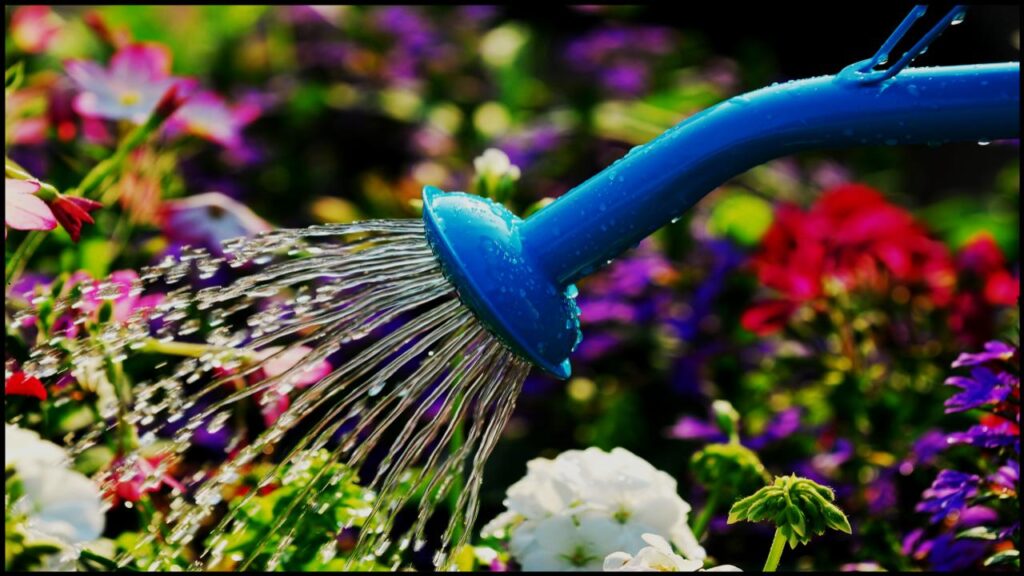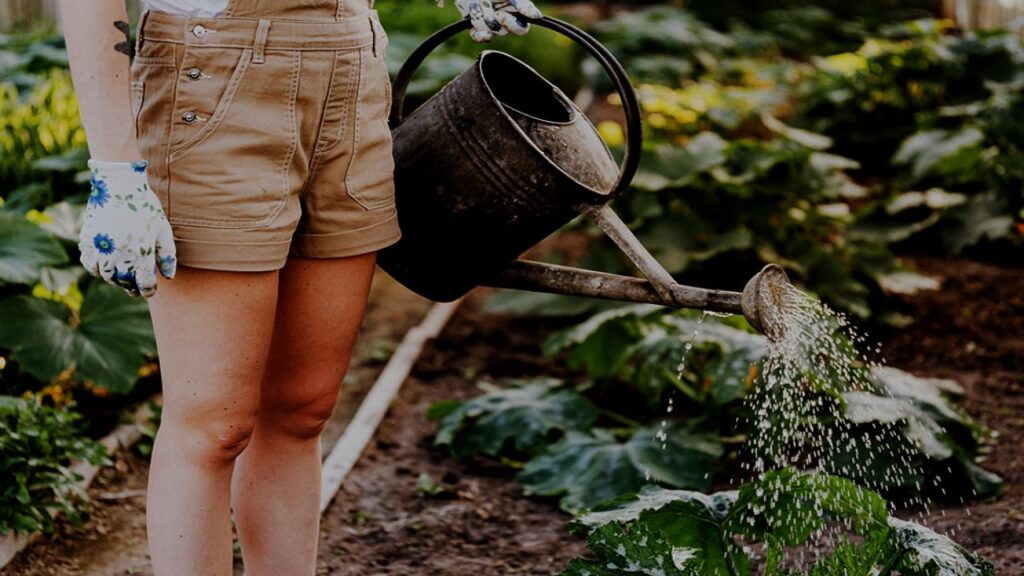Watering your plants might seem like a simple chore — but the truth about when you should not water your plants can be downright shocking. Getting this wrong means your plants might struggle, get sick, or worse, die. That’s right, giving your plants water at the wrong time or in the wrong way can actually do more harm than good. This detailed guide breaks down exactly when not to water your plants, shares expert tips on how to do it right, debunks common myths, and even helps you spot when your plants are thirsty or drowning. Whether you’re a casual plant parent or a pro gardener, you’ll find useful, easy-to-understand info here that’ll keep your green friends thriving.

Getting your watering game on point is one of the easiest ways to keep your plants healthy, happy, and thriving. Avoid watering during the hottest part of the day, always check soil moisture before watering, respect plant dormancy, ensure proper drainage, and customize watering based on plant type. Bust those watering myths, watch for signs of distress, and use tools and eco-friendly tips to level up your plant care routine.
Why Timing and Technique Matter: The Science Behind Watering Plants
You might think, Water is water — how complicated can it be? But plants are surprisingly sensitive to watering habits. Watering during the wrong time can cause stress, leaf burns, fungal infections, or root rot. For example, watering in the middle of a hot afternoon leads to water evaporating before it reaches roots and can cause droplets on leaves to scorch them.
Expert gardeners recommend watering early morning or late evening when temperatures are cooler and plants can absorb water better.
When Not to Water Your Plants: Pro Tips
1. Avoid Watering During the Hottest Part of the Day
Watering under the midday sun wastes water and damages plants. Droplets on leaves act like tiny magnifying glasses that burn leaf tissues. The best watering windows are early morning or late evening.
2. Don’t Water Without Checking Soil Moisture
Instead of sticking to a rigid schedule, check soil moisture. Stick your finger about two knuckles deep: if dry, water your plant; if moist, hold off. This prevents both overwatering and underwatering
3. Avoid Watering Dormant Plants
Many plants enter a dormant phase in cold months, needing much less water. Overwatering during dormancy causes root rot and wastes water. Adjust watering schedules accordingly.
4. Don’t Water Plants in Pots Without Drainage
Water can pool at the bottom of pots without drainage holes, drowning roots and encouraging disease. Always use containers with drainage holes or improve drainage to keep roots healthy.
5. Consider Your Plant’s Type
Succulents and cacti require infrequent watering; tropical plants prefer more regular hydration. Research your plant’s watering needs to avoid mistakes.
Common Watering Myths Debunked
- Myth 1: Plants need water every day.
Reality: Most plants don’t need daily watering. Overwatering is a leading cause of plant death. - Myth 2: If leaves droop, water immediately.
Reality: Drooping can be caused by both overwatering and underwatering. Check soil moisture before acting. - Myth 3: More water means faster growth.
Reality: Too much water can suffocate roots and stunt growth. - Myth 4: Watering leaves is good.
Reality: Water on leaves can encourage fungal diseases; better to water soil directly.
Signs Your Plants Are Overwatered or Underwatered
| Overwatering Signs | Underwatering Signs |
|---|---|
| Yellowing leaves, especially lower ones | Wilting or drooping leaves |
| Soft, mushy stems | Dry, brittle leaf edges |
| Mold or fungus on soil surface | Soil pulling away from pot edges |
| Root rot (roots brown and mushy) | Slow growth or leaf drop |
If you spot overwatering signs, cut back on watering and improve drainage. For underwatering, increase watering frequency but don’t drown the plant.
Quick Care Chart for Common Plant Types
| Plant Type | Light Requirement | Watering Frequency | Humidity Preference |
|---|---|---|---|
| Succulents | Bright, indirect light | Water once every 2-3 weeks | Low humidity |
| Tropical Plants | Indirect sunlight | Water 2-3 times per week | High humidity |
| Ferns | Low to medium light | Keep soil consistently moist | High humidity |
| Cacti | Full sun | Water every 3-4 weeks | Low humidity |
| Herbs (Basil, Mint) | Full sun to partial shade | Water 1-2 times per week | Moderate humidity |
Eco-Friendly Watering Tips

- Collect rainwater for watering to save tap water.
- Use mulch to retain soil moisture longer.
- Water plants at the base to minimize evaporation.
- Use drip irrigation or soaker hoses to target roots efficiently.
- Avoid watering during windy or very sunny days.
Handy Tools to Help You Water Right
- Soil Moisture Meters: Give you accurate soil dryness readings so you know when to water.
- Self-Watering Pots: Great for busy folks; these pots regulate water supply to plants.
- Drip Irrigation Kits: Efficient watering systems for gardens and patios.
- Water Timers: Schedule watering to avoid guesswork.
